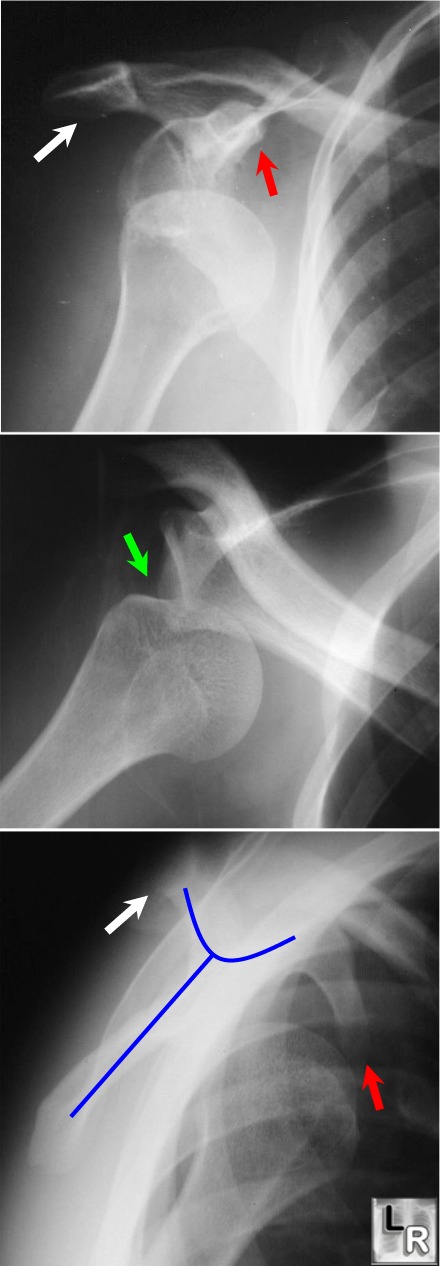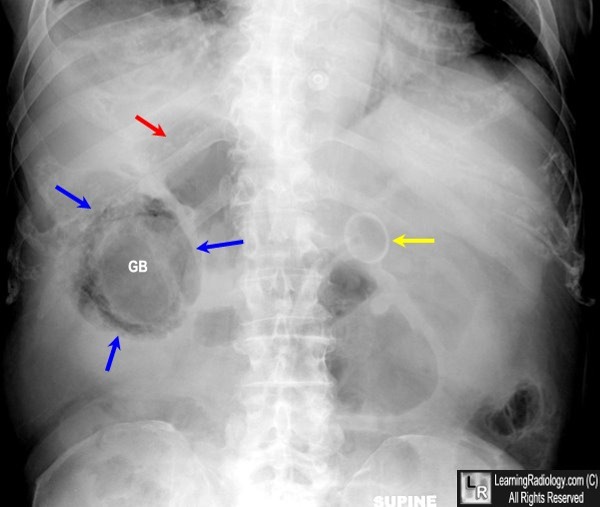Burst fracture
A burst fracture is a type of compression fracture which results in distruption of the posterior vertebral body cortex with retropulsion into the spinal canal. When in the thoraco lumbar level it tends to occur between T9 and L5 levels 3. Burst fractures may be stable or unstable.
Pathology
Mechanism
It is a result of a compressive high energy injury (axial loading), much like the Jefferson fracture. Typically it occurs following a fall, landing on the feet, from a significant height.
The intervertebral disc is driven into the vertebral body below.
All patients require a CT to assess the injury and evaluate the extent of retropulsed fragments which may enter the spinal canal.
Radiographic features
General features include
- 'burst' vertebral body on axial CT.
- loss of posterior vertebral height on lateral views.
- retropulsed fragments in the spinal canal.
- interpedicular widening


